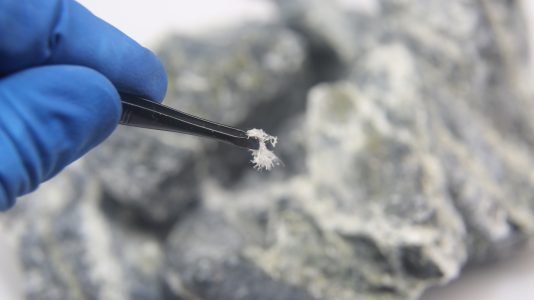How Much Humidity is Optimal for the House?
October 1st, 2021
The room temperature in a house and its relative humidity is very much influenced by the weather outside. This is not a surprise, of course. Naturally, when the seasons change or when doors and windows are opened or closed, there can be major disturbances. But what is the right degree of humidity in a house, the one that would be optimal for our comfort? The following article will try to inform you on what constitutes an ideal humidity level and how to maintain it.
Temperature and humidity
Temperature and humidity in a house are two closely related things. The same temperature can be pleasant or unpleasant depending on whether the humidity level is low or high. Moreover, it is very difficult to define the ideal temperature since it is a different feeling for each person. The relative humidity (RH) plays a big role in the quality of indoor air. Health Canada estimates that the humidity level should not fall below 30% in winter and should not exceed 55% in summer. Ideally, the rate should be maintained between these two percentages.
Too much humidity in a house favors the appearance of dust mites and molds. These are powerful allergens and irritants that can cause respiratory problems such as asthma in some people. A humidity level that is too low is not favorable either, since if it is below 30%, it can cause irritation of the mucous membranes of the nose and throat and lead to respiratory difficulties in people who are vulnerable. Air that is too dry can also be harmful to people with skin or eye diseases.
How to control humidity?
There are several ways to control humidity in a home. For example, you can use the range hood or the bathroom fan. In the summer, an air conditioner or a fan can be very helpful in dehumidifying the air. If necessary, you can even use a portable dehumidifier with a 50% setting.
Another action to take to improve humidity management is undoubtedly to take care of the thermal insulation of the house. You must protect your home against air infiltration in order to better control the temperature and humidity level. If your humidity level becomes too high in winter, don’t hesitate to air out more. For example, you can use a heat recovery ventilator. On the other hand, if the humidity level is too low, use a portable humidifier or a device connected to a central heating system.
Note that this type of device must be cleaned regularly. If they are not maintained sufficiently, their stagnant water can promote the proliferation of microbes and lead to a host of ailments and illnesses. Air exchangers should also be serviced periodically, ideally in the spring and fall.
If you have any doubts about the level of humidity in your home, don’t hesitate to contact a good building inspector who will identify the causes and suggest solutions to improve your comfort. It is also a health issue for you and your family, so it is not to be taken lightly.





